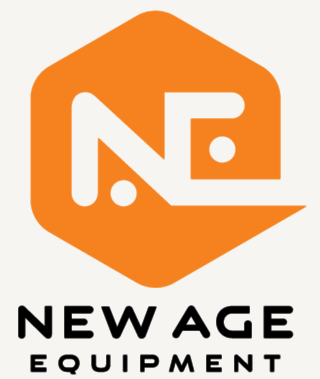Guidance for Employers about the Employee Retention Credit

The quality of our life depends on what is inside us not what is around us.
The IRS recently issued further guidance on the employee retention credit. This includes guidance for employers who pay qualified wages after June 30, 2021, and before January 1, 2022, and guidance on miscellaneous issues that apply to the employee retention credit in both 2020 and 2021. Additionally, the IRS issued a safe harbor allowing employers to exclude certain items from their gross receipts solely for determining eligibility for the employee retention credit.
Notice 2021-49 addresses changes made by the American Rescue Plan Act of 2021 to the employee retention credit that apply to the third and fourth quarters of 2021.
Those changes include:
- Making the credit available to eligible employers who pay qualified wages after June 30, 2021, and before January 1, 2022.
- Expanding the definition of eligible employer to includerecovery startup businesses.
- Modifying the definition of qualified wages for severely financially distressed employers.
- Providing that the employee retention credit does not apply to qualified wages considered as payroll costs in connection with a shuttered venue grant or a restaurant revitalization grant.
This guidance also answers various questions about the employee retention credit for tax years 2020 and 2021, including:
- The definition of full-time employee and whether that definition includes full-time equivalents.
- The treatment of tips as qualified wages and the interaction with the credit for portion of employer Social Security taxes paid with respect to employee cash tips.
- The timing of the qualified wages deduction disallowance and whether taxpayers that already filed an income tax return must amend that return after claiming the credit on an adjusted employment tax return.
- Whether wages paid to majority owners and their spouses may be treated as qualified wages.
Revenue Procedure 2021-33 provides a safe harbor permitting employers to exclude certain amounts from gross receipts solely for determining eligibility for the employee retention credit. These amounts are:
- The amount of the forgiveness of a Paycheck Protection Program Loan
- Shuttered Venue Operators Grants under the Economic Aid to Hard-Hit Small Businesses, Non-Profits, and Venues Act
- Restaurant Revitalization Grants under the American Rescue Plan Act of 2021
An employer elects to apply the safe harbor by excluding these amounts solely for determining whether it is an eligible employer for a calendar quarter for purposes of claiming the employee retention credit on its employment tax return.
Reporting
Eligible employers will report their total qualified wages and the related health insurance costs for each quarter on their employment tax returns, generally, Form 941 Employer's Quarterly Federal Tax Return, for the applicable period. If a reduction in the employer's employment tax deposits is not sufficient to cover the credit, certain employers may receive an advance payment from the IRS by submitting Form 7200, Advance Payment of Employer Credits Due to COVID-19.
Published on the IRS website August 23, 2021.Thank you for all of your questions, comments and suggestions for future topics. As always, they are much appreciated. We also welcome and appreciate anyone who wishes to write a Tax Tip of the Week for our consideration. We may be reached in our Dayton office at 937-436-3133 or in our Xenia office at 937-372-3504. Or, visit our website.













